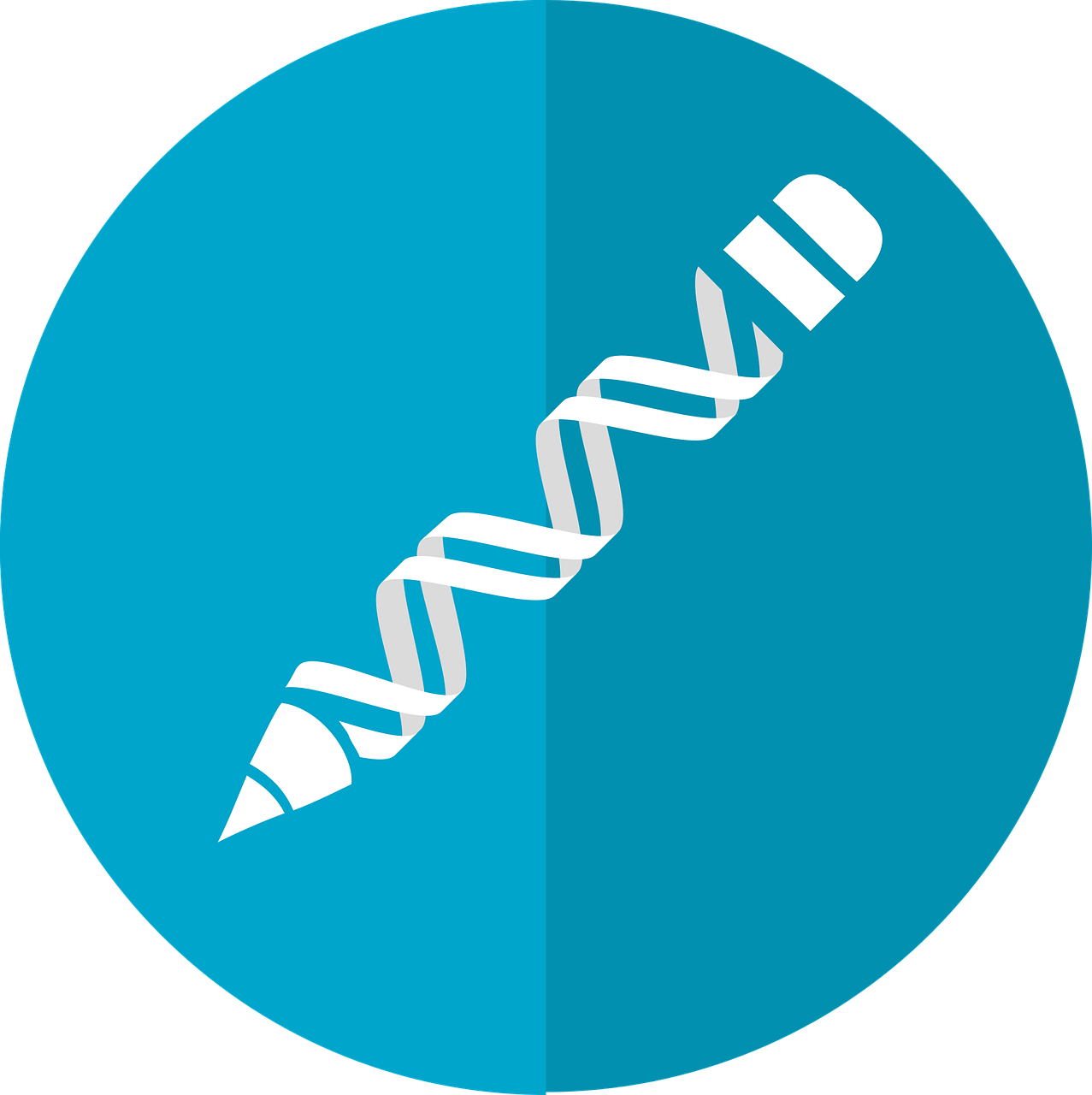Deep in the cells of the human immune system, DNA is constantly being replicated, transcribed and even mutated — but rarely does it change dramatically. Like every other living organism, humans and their genes developed from millions of years of evolutionary pruning.
But to Yale microbiologists, altering the entire genomes of T-cells — the body’s main offensive weapon against diseases such as cancer — is as simple as putting together a Lego set.
In a new study published in the journal Nature Methods on Feb. 25, researchers at the Sidi Chen Lab at Yale have come up with a new way to use the gene-editing technology CRISPR that significantly improves the technology’s efficiency. By allowing scientists to select multiple genes to include in the same CRISPR system, scientists will now be able to edit their samples’ genomes in one go, saving time and money in the process. These findings have considerable promise for engineering T-cells that can fight off cancers such as leukemia and lymphoma.
READ MORE …






















